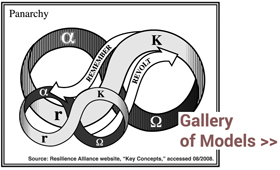“Everyone designs,” famously wrote Herbert Simon, recipient of the 1978 Nobel Memorial Prize in economics, who devised the terms “bounded rationality” and “satisficing,” and was born on this date in 1916.
“Everyone designs who devises courses of action aimed at changing existing situations into preferred ones.”
From Simon’s The Sciences of the Artificial (Third Edition, 1996, p.111-167, without ellipses):
The natural sciences are concerned with how things are. Design, on the other hand, is concerned with how things ought to be.
Many of us have been unhappy about the fragmentation of our society into two cultures. Some of us even think there are not just two cultures but a large number of cultures. If we regret that fragmentation, then we must look for a common core of knowledge that can be shared by the members of all cultures. A common understanding of our relation to the inner and outer environments that define the space in which we live and choose can provide at least part of that significant core.
If I have made my case, then we can conclude that, in large part, the proper study of mankind is the science of design, not only as the professional component of a technical education but as a core discipline for every liberally educated person.
A paradoxical, but perhaps realistic, view of design goals is that their function is to motivate activity which in turn will generate new goals.
One can imagine a future in which our main interest in both science and design will lie in what they teach us about the world and not what they allow us to do in the world. Design like science is a tool for understanding as well as acting.
From a reading of evolutionary history — whether biological or social — one might conjecture that there has been a long-run trend toward variety and complexity. If there is such a trend toward variety, then evolution is not to be understood as a series of tournaments for the occupation of a fixed set of environmental niches, each tournament won by the organism that is fittest for that niche. Instead evolution brings about a proliferation of niches.
Our essential task — a big enough one to be sure — is simply to keep open the options for the future or perhaps even to broaden them a bit by creating new variety and new niches.
Our grandchildren cannot ask more of us than that we offer to them the same chance for adventure, for the pursuit of new and interesting designs, that we have had.

